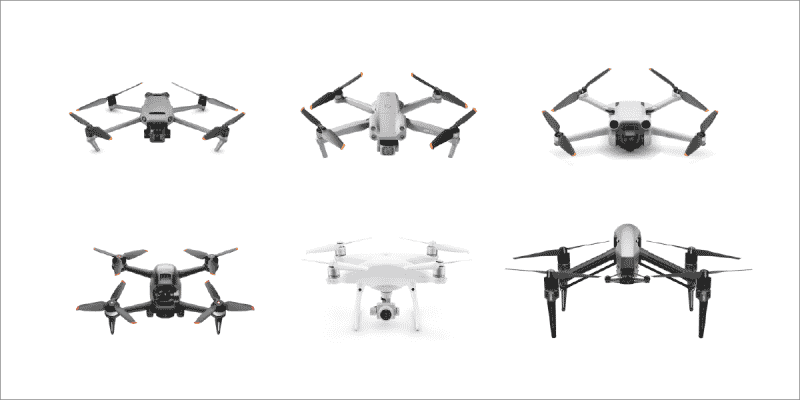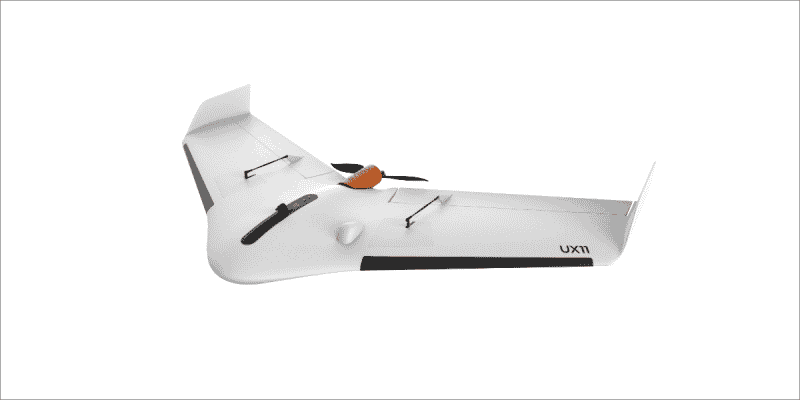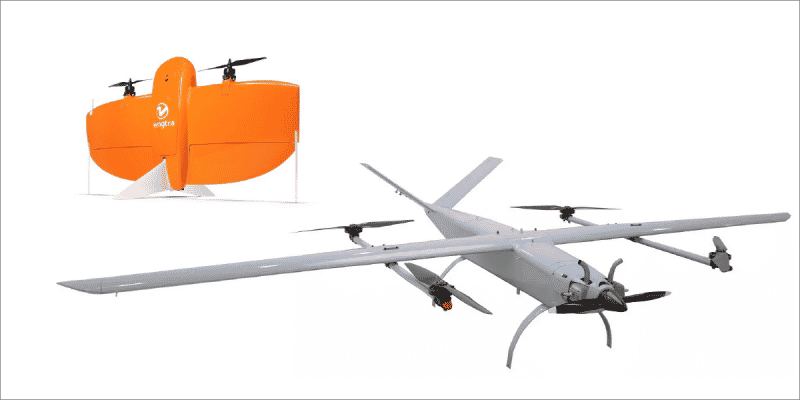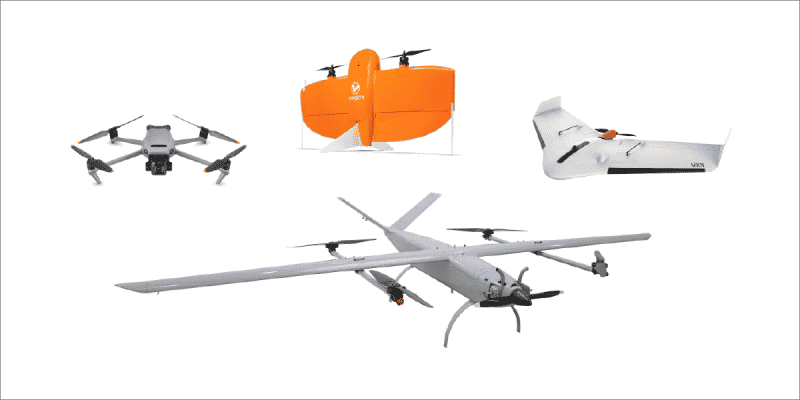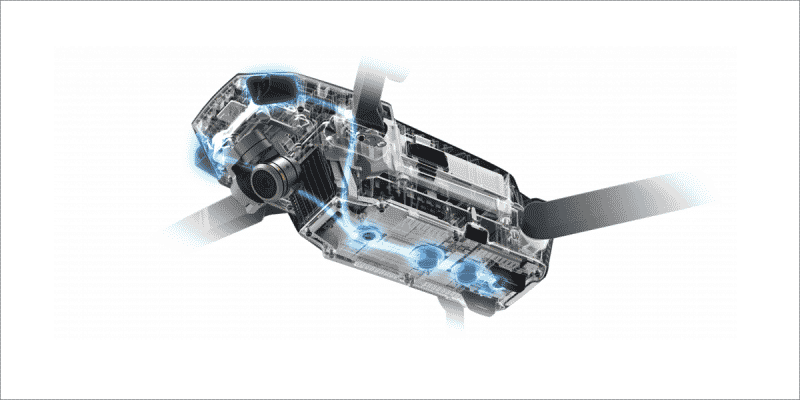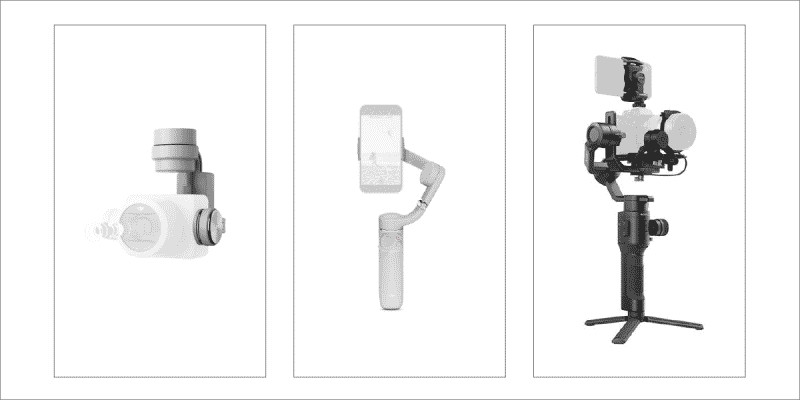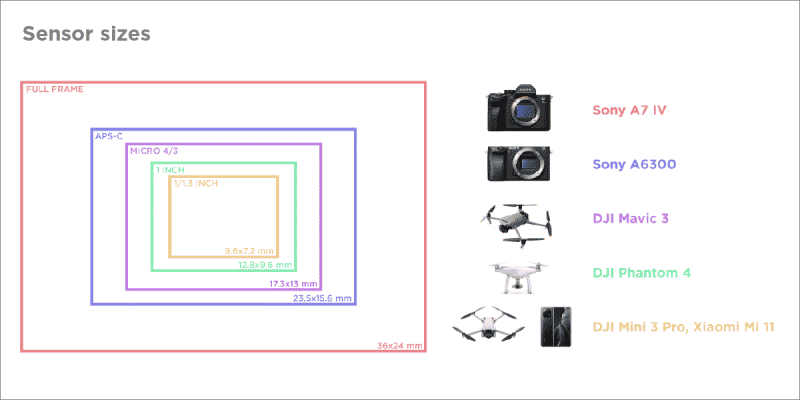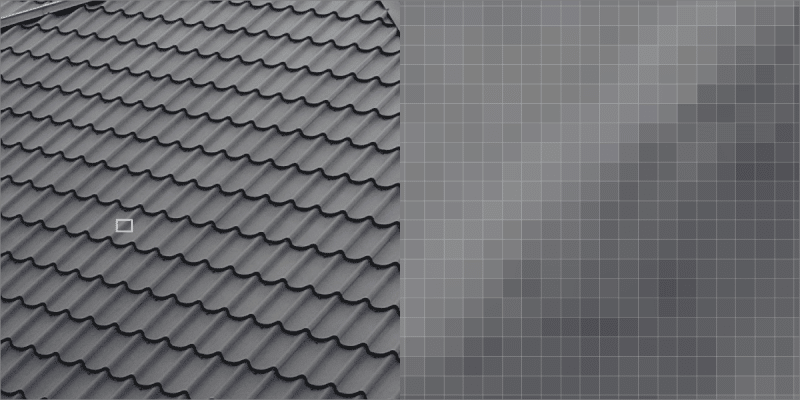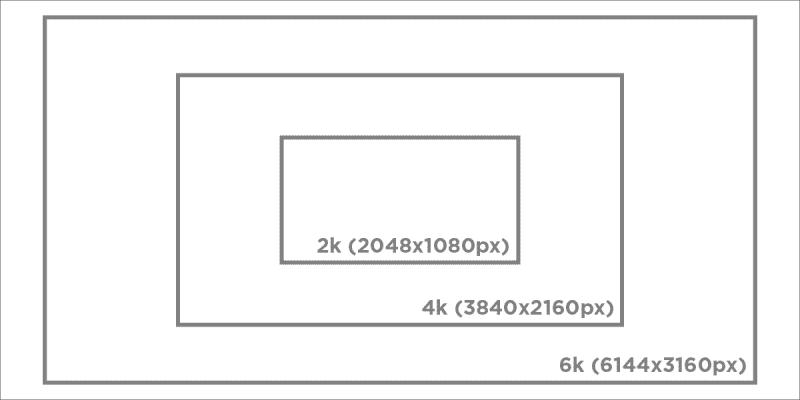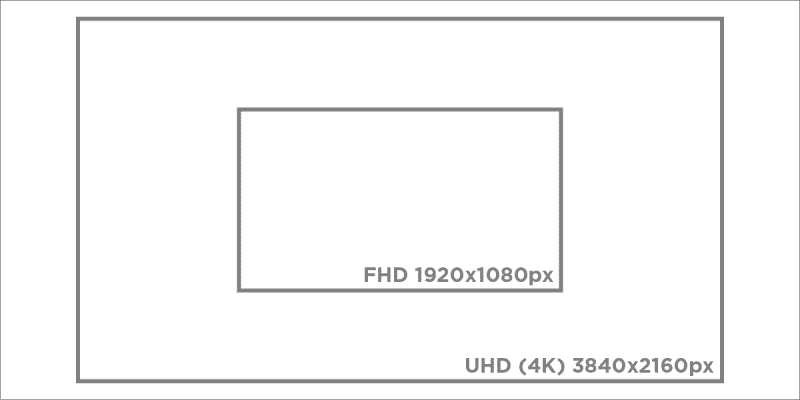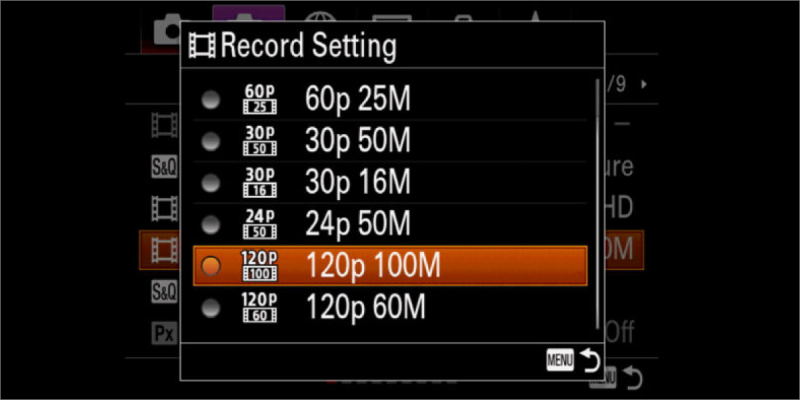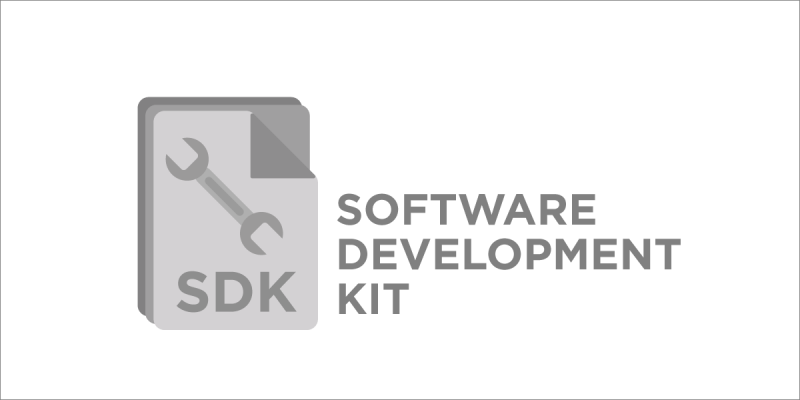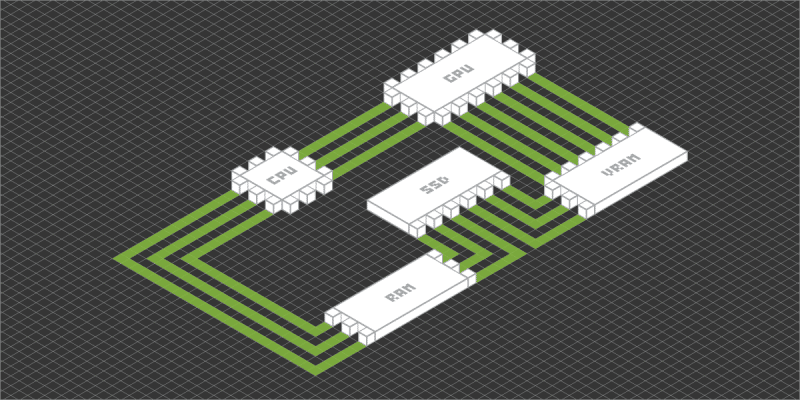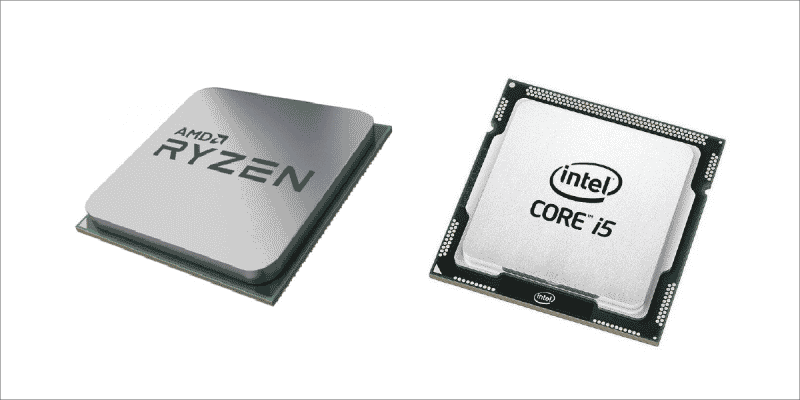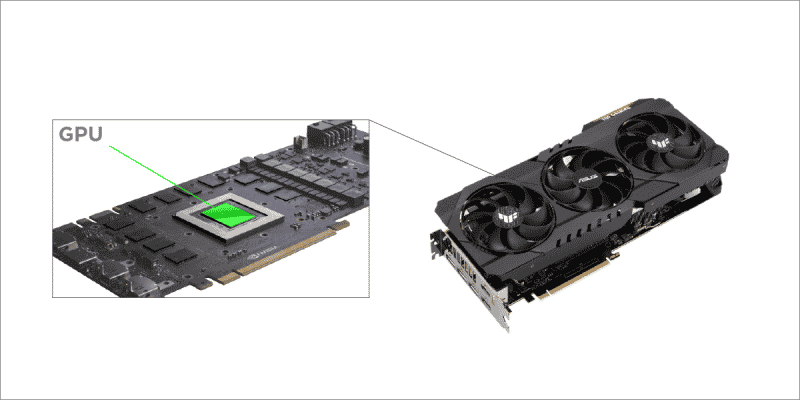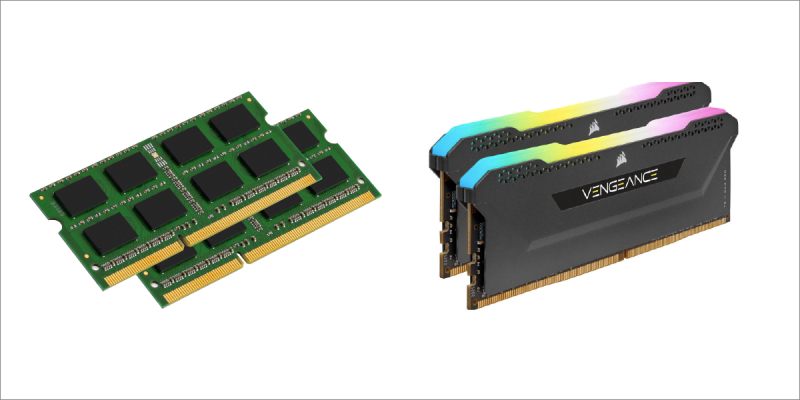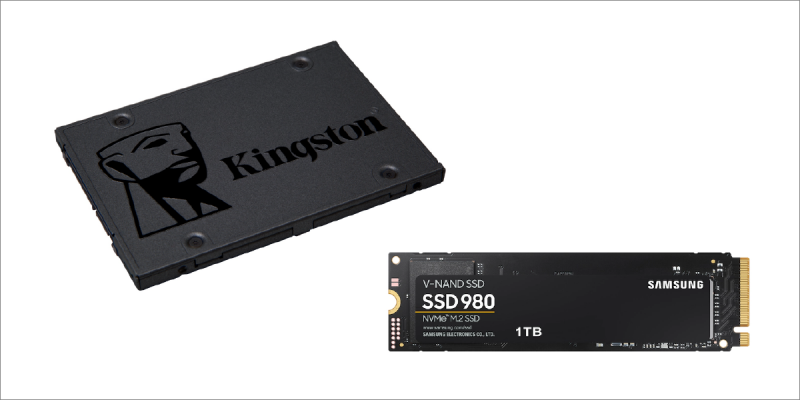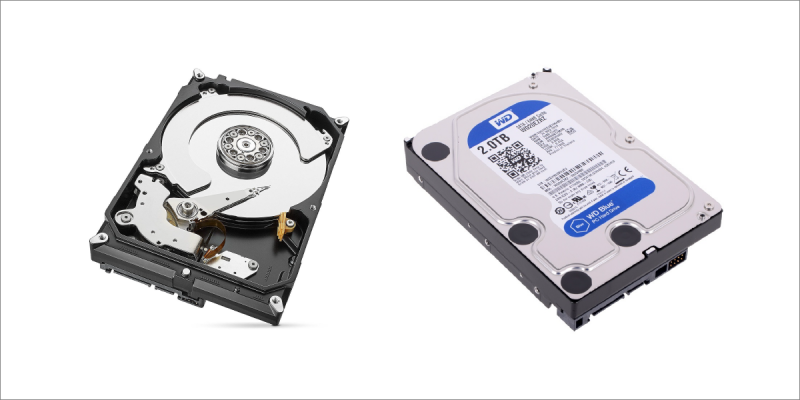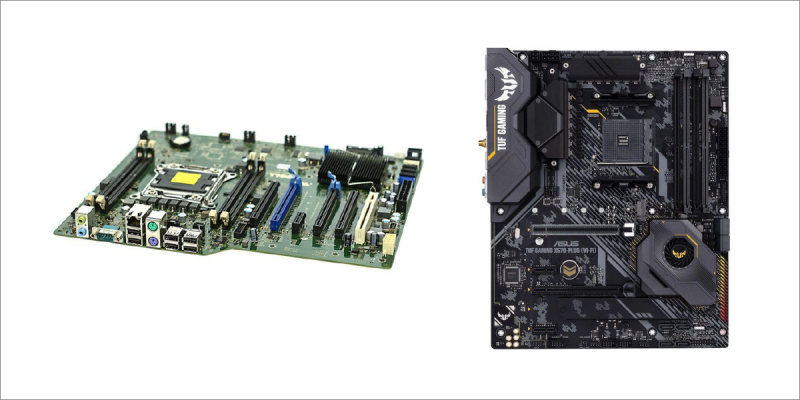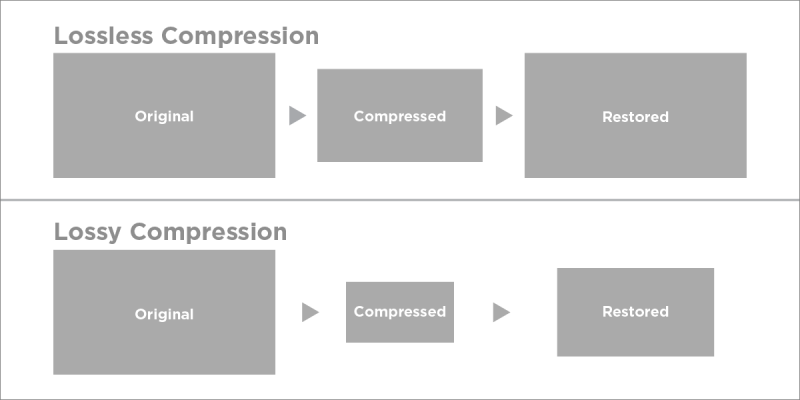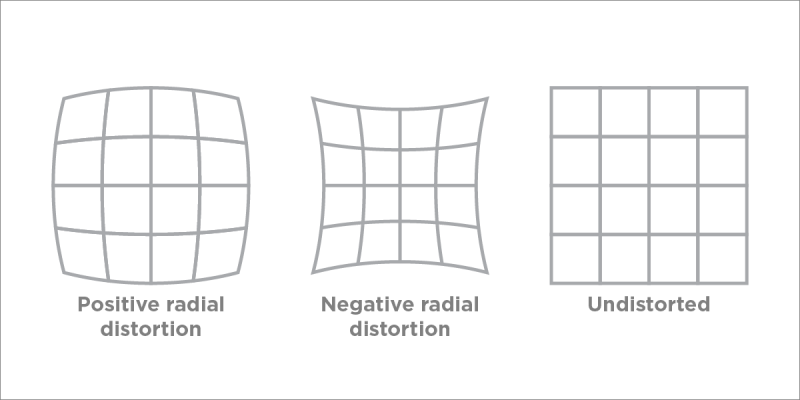Glossary Part 2
 Lukas
Zmejevskis
Lukas
Zmejevskis
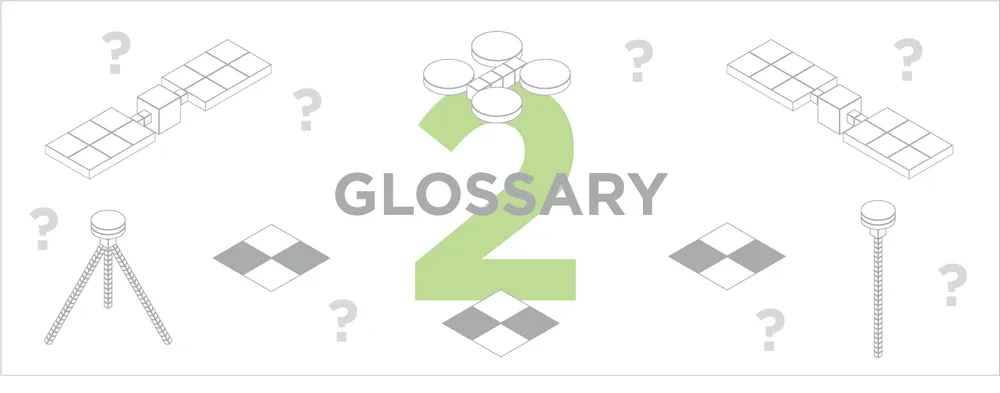
This is the second part of our glossary. We explain the terminology used in our blog and the broader area of photogrammetry.
Copter Drone
Copter Drone – a drone that relies on multiple motors with propellers (rotors) on the lift, propulsion, and orientation. Most common drones now are quadcopters with four rotors.
Fixed Wing Drone
Fixed Wing Drone – a drone that relies on wings for lift and motors for propulsion. These drones look like planes but are remote-controlled. Fixed-wing drones can be equipped with electric and petrol motors.
VTOL drone
VTOL drone – vertical take-off and landing drone. A drone capable of vertical take-off and landing is not necessarily a copter. VTOL drones are a mix between copters and fixed-wing drones.
Obstacle Sensing/Avoidance
Obstacle Sensing/Avoidance – a system that allows to sense and avoid obstacles when a drone is flying. The latest designs sense and avoid obstacles autonomously while keeping course and lock. These systems usually require multiple cameras to work.
Camera Gimbal
Camera Gimbal – a device that stabilizes a camera. A stabilization gimbal compensates for the movement of an aircraft or a person holding it while keeping the camera smooth and level. Most drone cameras come equipped with integrated gimbals.
A camera sensor
A camera sensor – or imaging sensor – is a technological component of a camera that captures the focused light to create an image. Before digital sensors, the analog film was used to capture a photo. Sensors can vary in size, resolution, and technology used in them.
Resolution
Resolution – The ability of an image, screen, or camera sensor to resolve or capture detail and convey information. Factors that determine resolution are the quality of the components in the system (camera, screen) and various external factors (for example, weather conditions when taking a picture).
Pixel
Pixel – the smallest component of an image or a screen that makes up the whole image. Megapixel – a variant of this term, meaning a million pixels. The more pixels there are in a screen or a photo – the more detail we might expect to see.
Photosite
Photosite – a pixel equivalent on a camera sensor. Photosites result in pixels once the camera captures and processes the image.
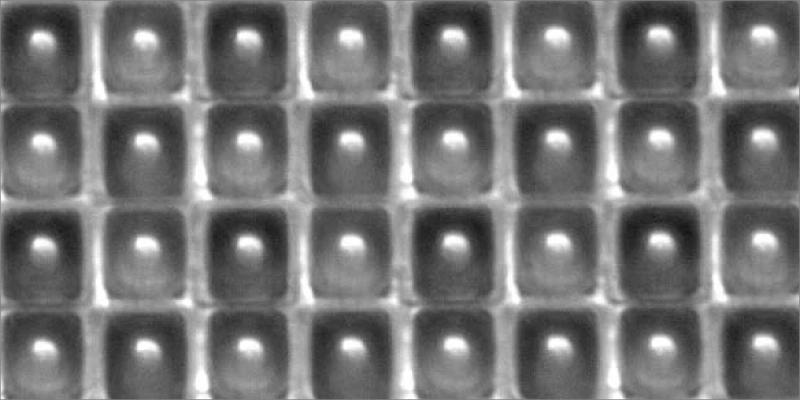
Image from PetaPixel
6k, 4k, 2k
6k, 4k, 2k – Common abbreviations for resolutions in videography. The small k means thousands of pixels on the long side of the image. Proper Xk resolution will have a longer image edge exceeding the X number of thousands of pixels.
FHD, UHD
FHD, UHD – acronyms for Full High Definition and Ultra High Definition. Refers to screen and video resolutions of 1920 by 1080 and 3840 by 2160 pixels, respectively. UHD is commonly referred to as 4k as well.
30p, 60p, 120p
30p, 60p, 120p – common abbreviations for video frame rates. The p stands for “progressive scan,” while the number is the number of frames per second
SDK
SDK – Software Development Kit – tools, documentation, and code needed to understand and control a specific platform. If a piece of hardware like a drone has a public SDK, anyone can create software to control said drone.
Computing
Computing – activity leading towards a specific goal. Photogrammetry algorithms require large amounts of computing.
CPU
CPU – Central Processing Unit – The main processing unit in a computer. The more powerful the CPU is, the more capable the entire computer system is.
GPU
GPU – Graphics Processing Unit – a piece of hardware that specializes in graphics-related processing and display output. GPUs are made so that their processing ability can be significantly leveraged in photogrammetric processes.
RAM
RAM – Random Access Memory – a type of data storage used in a computer system. RAM is fast and volatile, meaning the data can be written and read quickly, but if the power is gone – so is the data. RAM is essential in photogrammetry computation tasks, as these tasks can require a lot of temporary memory.
SSD
SSD – Solid State Drive – a data storage device that uses silicon semiconductors to store data. SSDs are fast and take up less physical space than HDDs. SSDs can be of various technologies and grades. It is the go-to storage for daily use and intermediate storage.
HDD
HDD – Hard Disk Drive – a data storage device that uses a mechanical spinning disk and a reading head to store and retrieve data. HDDs are larger and slower than SSDs, but can be cheaper and contain more storage capacity.
Motherboard
Motherboard – a circuit board in a computer system that works as a bridge between all components. Motherboards in PCs provide power to the CPU, connections to all peripheral devices, storage devices, and expansion devices such as GPUs.
Data Compression
Data Compression – a process that reduces the size of a file in the memory. Compression can be lossy and lossless. Lossy compression will impact data quality, while lossless compression will not. Compression is used by archiving programs to consolidate data into one file and reduce its size. For example, sending many photos in a single .zip file.
Decimation
Decimation – a process that resamples data and reduces its size with a loss. Decimation in photogrammetry minimizes the number of points in a point cloud or triangles in a mesh. During this process, some information is lost, but the data becomes much easier to work with.
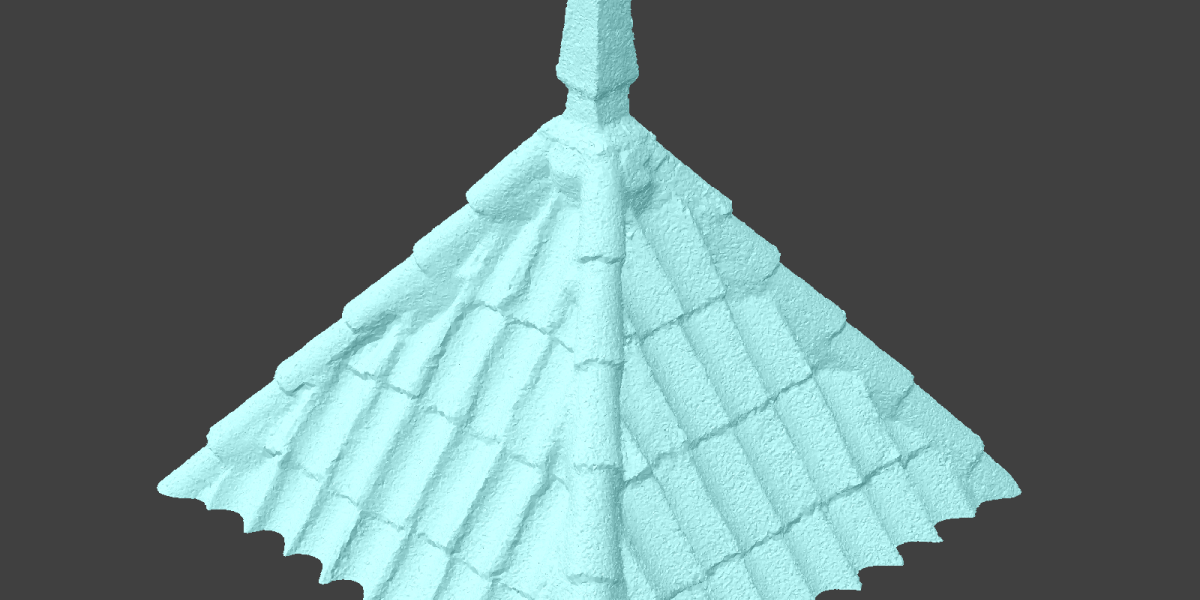
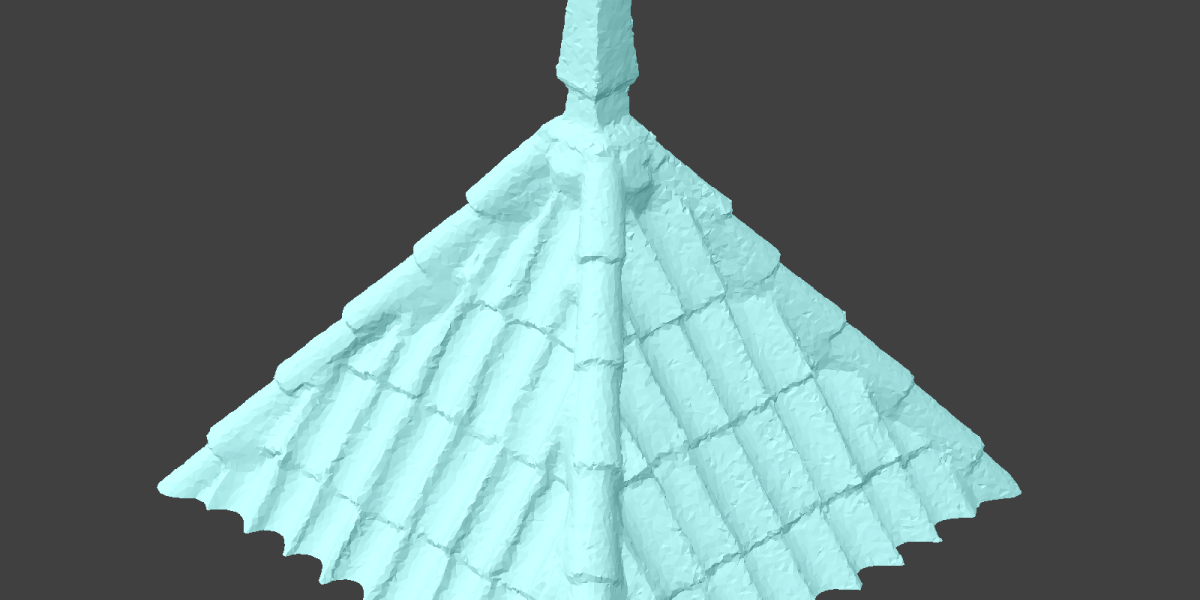
Distortion
Distortion – a combination of negative alterations on a piece of data. Photographic distortions affect their quality and need to be eliminated before many photogrammetric processes can run.
Undistortion
Undistortion – is a process during which distortion is eliminated from a data set. Pixpro Photogrammetry software performs an undistortion function on the photos to enable photogrammetric 3D reconstruction.
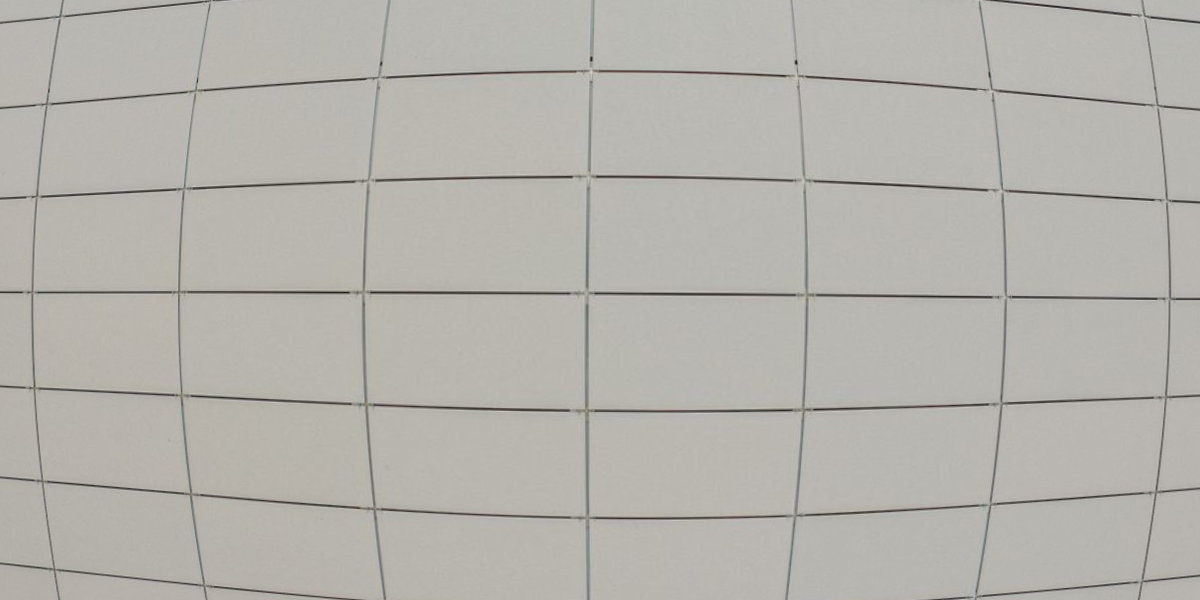
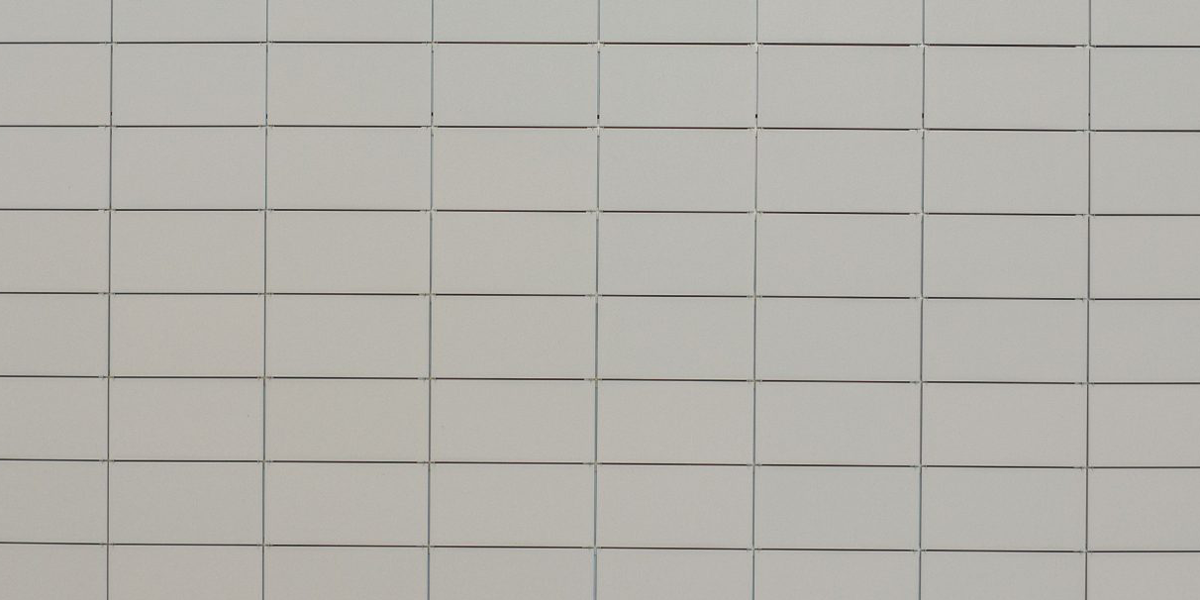

Photographer - Drone Pilot - Photogrammetrist. Years of experience in gathering data for photogrammetry projects, client support and consultations, software testing, and working with development and marketing teams. Feel free to contact me via Pixpro Discord or email (l.zmejevskis@pix-pro.com) if you have any questions about our blog.
Related Blog Posts
Our Related Posts
All of our tools and technologies are designed, modified and updated keeping your needs in mind

Accuracy of Your Photogrammetry Project
Accuracy in photogrammetry is a multifaceted point of discussion. We can talk about absolute, relative, or even geometric accuracy, to name a few. No tool or technique can really prove anything beyond reproach.
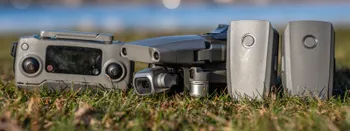
Buying a Used Drone - Mavic 2 Pro in 2024
Buying used gear is an excellent way to save money and obtain something that may not be on sale anymore. With drones reaching the 4th or 5th technological generation, the used drone market is becoming more extensive.

Photogrammetry Processing - Common Hardware and Software Issues
Photogrammetry requires complex processing and data crunching to turn photos into 3D models. We need a powerful machine to run the software and all its processes. Not only that, but the software within our machine may impact the performance of photogrammetry software in various ways.
Ready to get started with your project?
You can choose from our three different plans or ask for a custom solution where you can process as many photos as you can!
Free 14-day trial. Cancel any time.
.svg@webp)
